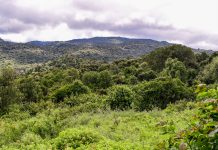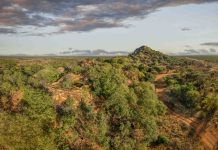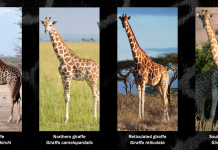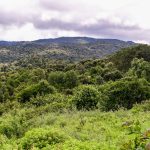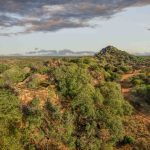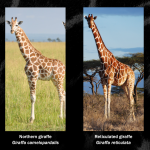By Santiago Legarre
Safari enthusiasts often argue that conservancies offer a superior experience compared to national parks and reserves. Their main point? National parks can be crowded, with traffic jams of safari vehicles gathering at popular sightings. In conservancies, by contrast, you’re more likely to have your wildlife encounters all to yourself.
Meru National Park, however, is a notable exception. Here, you might witness a lioness devouring a freshly hunted baby reticulated giraffe—without another vehicle in sight. And if one does arrive after several minutes, it will probably carry the same logo as yours: Elewana Elsa’s Kopje.
Elsa’s Kopje: A Lodge with a Legacy
Meru, Kenya’s fifth-largest national park, feels like the private backyard of Elsa’s Kopje—the lodge named after the famous lioness made legendary by Joy Adamson. Perched on a small rocky hill (a “kopje” in Afrikaans), the lodge overlooks a vast, thorny savannah that seems to belong almost entirely to its guests. The sense of exclusivity is so striking that it feels unreal.
Thanks to the Kenya Wildlife Service’s (KWS) strong anti-poaching measures, wildlife thrives once again, and Elsa’s—today the park’s only camp—enjoys the reward for years of patience and resilience.
A Game Drive to Remember
On a game drive with my cheerful Serbian friends Michail, Tanja, and their ten-year-old daughter Masha, we encountered the unexpected: the entire Big Five in almost no time.
Let’s start with lions. The lioness feeding on the baby giraffe was just one of the 102 lions living in the park, according to Born Free, which works with KWS to monitor the population. No wonder, then, that within minutes of landing in Meru with AirKenya, we had already spotted a pride of six fully grown lions.
AirKenya: The Perfect Arrival
Speaking of AirKenya, it deserves its own mention. It is the only airline serving an airstrip inside Meru National Park, as part of its Northern Circuit that also includes Nanyuki and Samburu. Arriving by AirKenya is a delight: after a short, comfortable flight, an Elsa’s Kopje vehicle collects you from the airstrip. With the camp just minutes away, there is no hurry. You may even spot a pride of lions on the way—yes, even at midday, when the cats are supposedly resting!
Buffalo, Elephants, and Rhinos
Meru is teeming with buffalo, and its elephant population is thriving in this poaching-free era. But perhaps the park’s most remarkable feature is its rhino sanctuary. Like the one in Tsavo West, Meru’s sanctuary shelters both black and white rhinos. Yet Meru’s feels more natural—less manicured, less artificial.
The sanctuary is expansive, and while the elusive black rhino evaded us this time, we encountered several families of white rhino. Within the fenced zone—interrupted by corridors that allow all animals except rhinos to move freely—we also observed dedicated KWS rangers and even a patrol plane monitoring these magnificent creatures from above.
A Touch of Leopard, A Taste of Hospitality
After I left, my Serbian friends spotted a leopard strolling calmly across a dusty road—a dream sighting I hope to experience next time. As I flew back to Nairobi with AirKenya, my mind lingered not only on Meru’s wildlife but also on the warmth and generosity I had experienced.
It was more than a safari. It was something unique—what I call the Elewana experience. Trust me, you need to experience it firsthand.
Santiago Legarre is an Argentinian wildlife enthusiast and a visiting lecturer at Strathmore University Business School in Nairobi, Kenya



